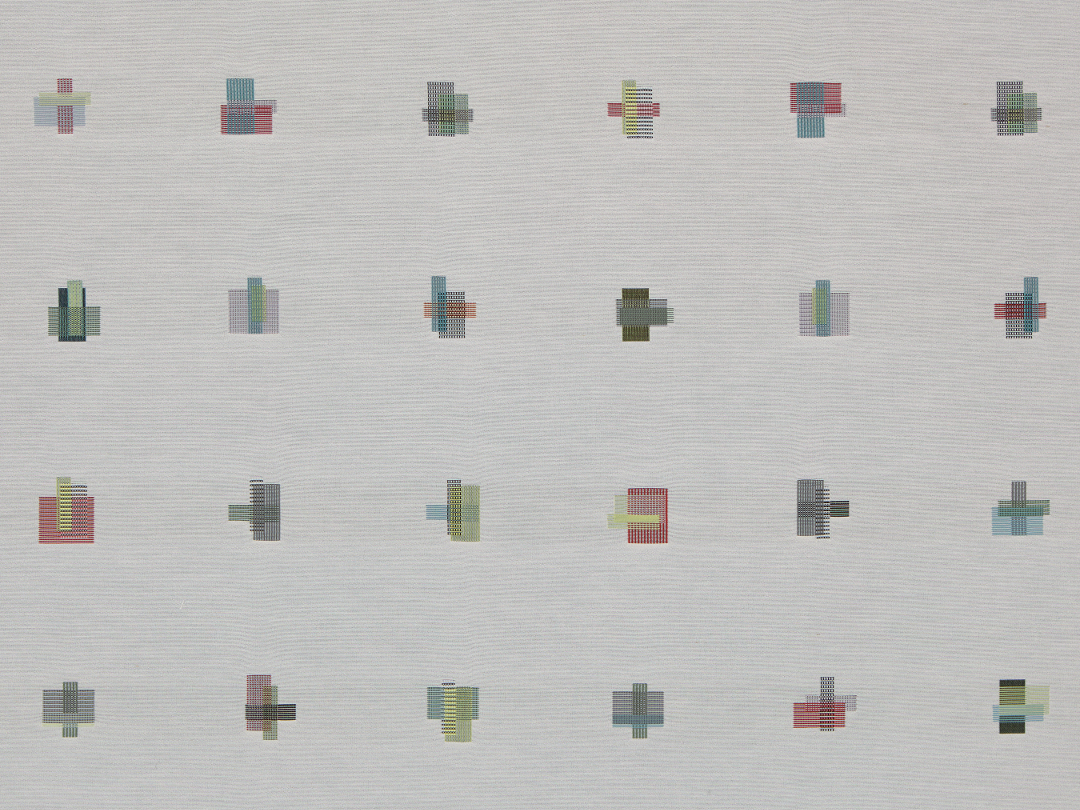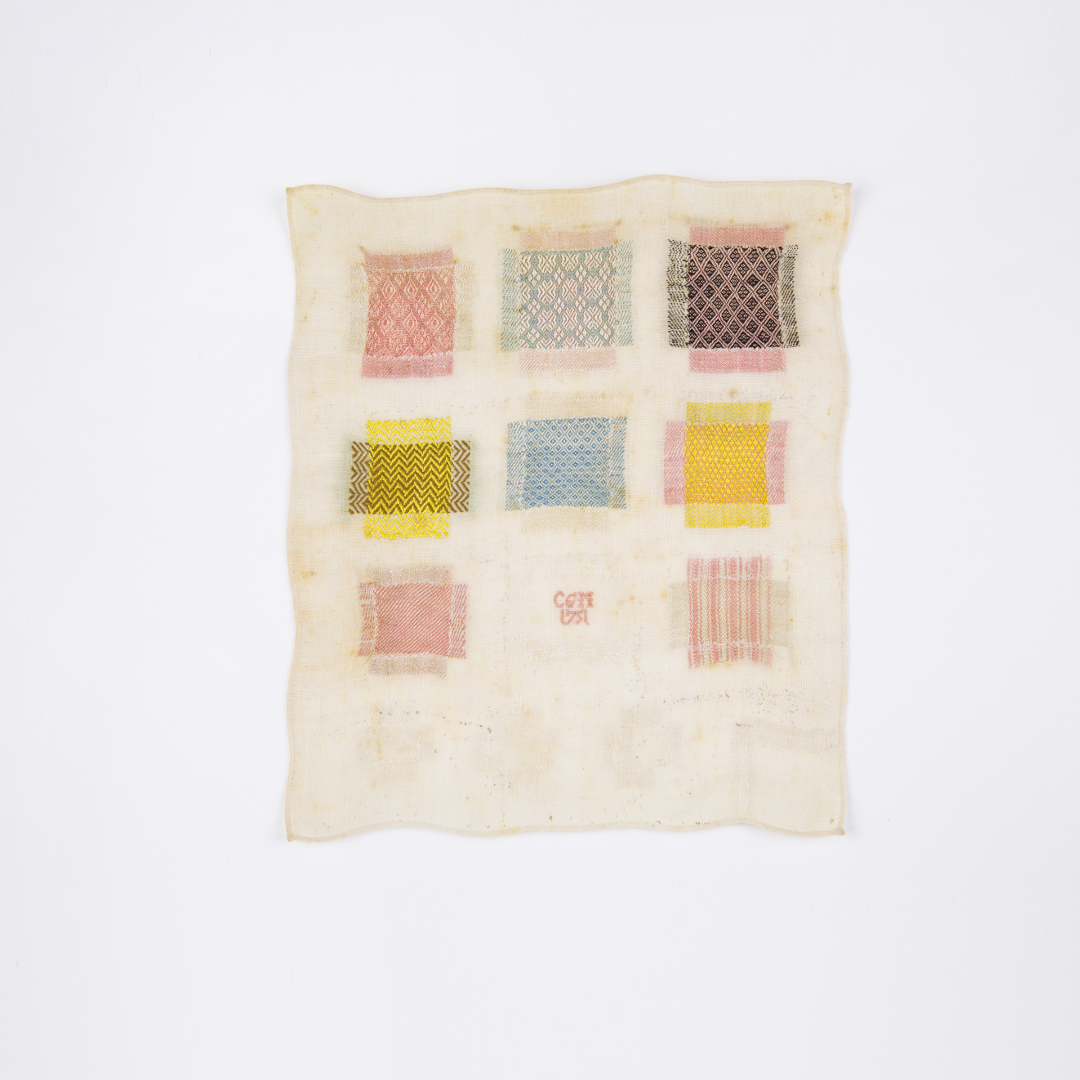
Scholten & Baijings turn antique patches into a new collection
The pair's Maharam range takes old Dutch needlepoint swatches and reworks them into contemporary patterns
Darning samples – for those less familiar with the history of needlepoint – are small patches of needlework that allowed young seamstresses to practice and show off their handiwork. These neatly patched pieces of cloth often featured a series of holes darned with a variety of patterns, as well as the date and the creator's initials.
Though the practice was common in the Netherlands during the 17th and 18th century, many within today's Dutch design and manufacturing community know little of the samples.

"Not even we, as real Hollanders, were aware of this old Dutch craft," says Stefan Scholten of the husband and wife design duo Scholten & Baijings. This is all the more surprising, since Scholten & Baijings very often combine the latest manufacturing techniques with vernacular, folksy styles and motifs.
It was Mary Murphy, of Maharam, who came across the Dutch darning samples in New York's Cooper Hewitt, Smithsonian Design Museum, and knew these antique patches would serve as the perfect starting point for a new collaboration between the European designers and the America textiles manufacturer.
{media2}
Drawing on Murphy's samples and a few further examples the pair acquired themselves, Scholten & Baijings have produced a series of new patterns that pay tribute to these centuries-old techniques, while using the most up-to-date textile looms.
"In those days, these were important skills for a young woman to possess and to pass on to others in order to get a husband," says Carole Baijings. "How different from today!”
To see a little more of the contemporary skills that this impressive, contemporary duo brought to bear on a number of design problems, order a copy of our book Reproducing Scholten & Baijings.